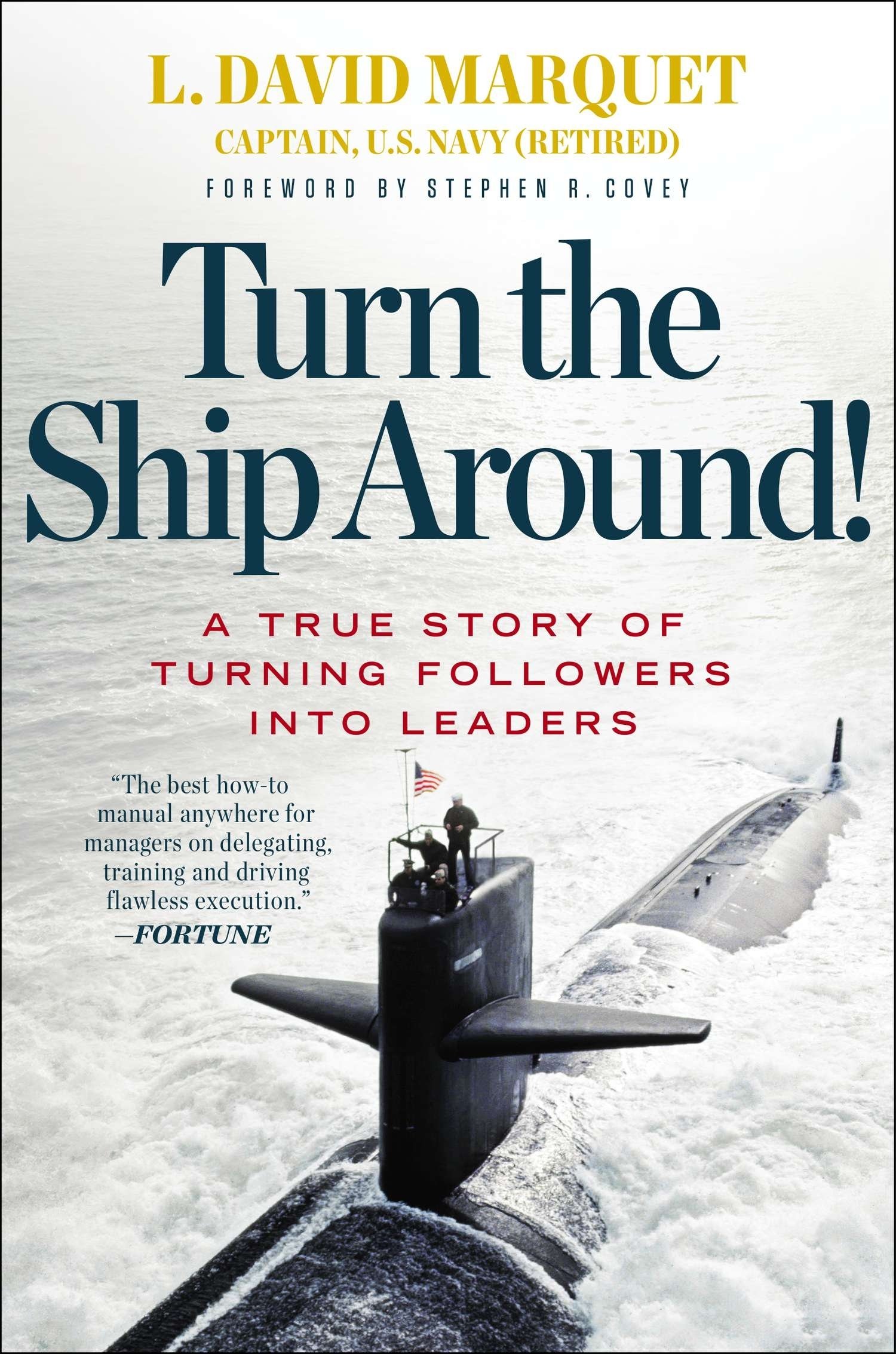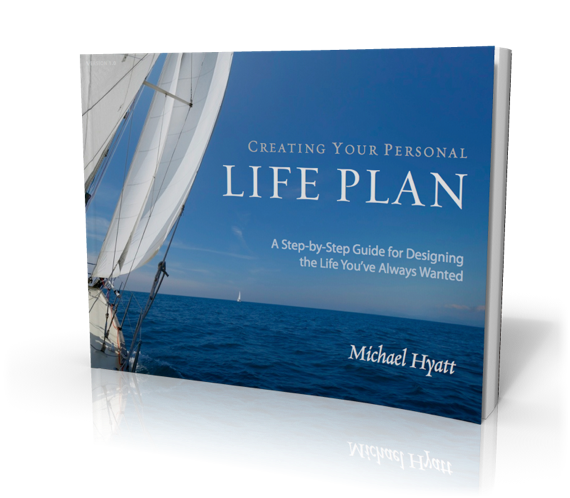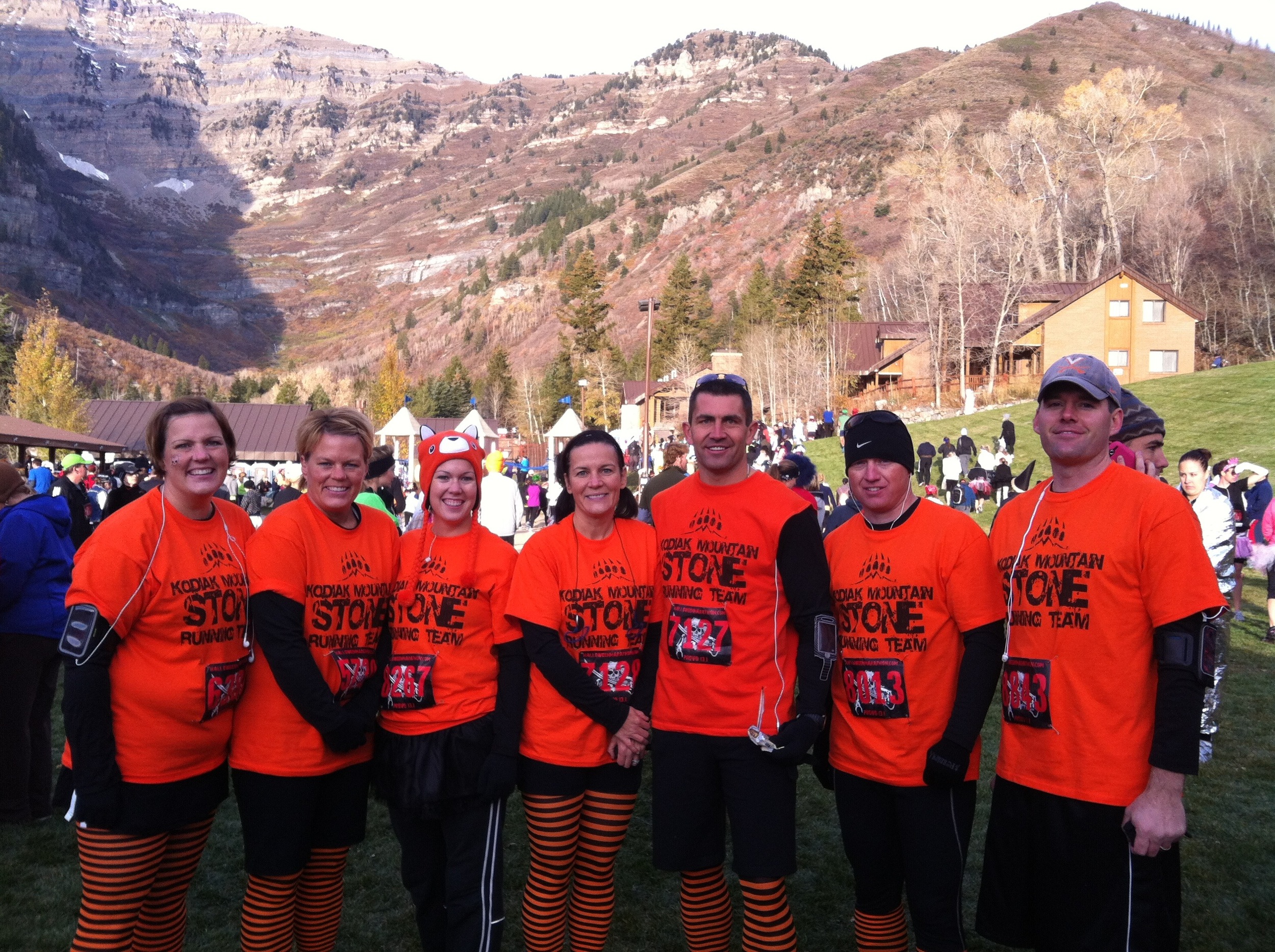In a previous post I wrote about holding the ground we have already won. I related my experience of losing 30 pounds (winning ground) and then gaining 25 of it back (losing the ground I had gained). Holding the ground we have won is tough, particularly when we forget (or even don’t realize) the major factors that helped us gain ground in the first place.
Running was a major catalyst for gaining ground in all areas of my life. When I starting training for a half marathon and eating better about four years ago, I lost weight and gained more mental clarity, motivation, and energy. This led to better performance and therefore more advancement in my career. More energy meant more quality time with my family. Better health meant almost no down time due to illness. Life was better overall.
Over time I forgot what got me to that place. By January 2014 I had gained some weight back, especially after letting go during Christmas. I embarked on a month of running 25-30 miles per week, no sugar, and no diet soda. At the end of that month my weight hadn't budged.
At the same time I had been listening to health podcasts and reading health books. I became convinced that “chronic cardio” (i.e. running) was bad for you. I was sold on the idea that a Paleo diet, combined with 10-15 minutes of high intensity strength training twice per week, would pack on muscle and melt away fat. I went to a holistic practitioner who recommended a large assortment of vitamins and supplements. I had to buy one of those Sunday through Saturday pill holders to keep it all straight (which made me feel very old)!
It all made perfect sense (and was appealing). I liked that I didn’t have to get up early on cold mornings and run for 4-5 hours per week. I liked that I could eat as much fruits, vegetables, meat, and even butter as I wanted. I liked that I could cheat on my diet once in a while (which became more often than once in a while).
It was great! Except that it didn’t work.
6 months later I had gained 10 pounds. I had a hard time getting going in the morning and lacked my usual motivation during the day. Instead of using the extra 4-5 hours per week (plus prep and cool-down time) to get more done, I slept more than I needed to.
It took me 12 months to replace the missing piece. I guess I’m a little slow. I guess I trusted the “experts” a little too much. And I can’t even take much credit for replacing that piece. Some of our friends had the crazy idea of running Ragnar this June, and my wife had the crazy idea of taking their idea seriously.
2 months ago, soon after starting to run several times per week, I realized running was the missing piece.
The results have been amazing.
I've lost 5 pounds, and I’m not even back to eating as well as I should be (those Easter treats are a little too appealing). More importantly, I have regained the mental clarity, motivation, and energy that I lost a year ago.
In the process I have learned a few things that apply to all areas of our life, including business:
- Don’t be afraid to experiment with new ideas, but don’t stray too far from what has worked well in the past.
- The "experts" aren't always right, or at least their advice doesn't always apply universally.
- Be skeptical of promised shortcuts. I’m a big fan of trying life hacks, and a few small hacks have dramatically improved my life. But there are very few effective shortcuts. Improvement in life generally comes with a lot of hard work and discipline.
- Listen to your body. Our bodies are incredible at giving us feedback. Feel great after a run? There’s a reason. Feel sick after eating a donut? There’s also a reason.
I stopped running because I forgot how I had gained ground in the first place. I started again because of my wife’s encouragement, but I have continued because it is helping me win that ground back.
Question: What have you stopped that is causing you to lose ground, and what can you do to start again?


















